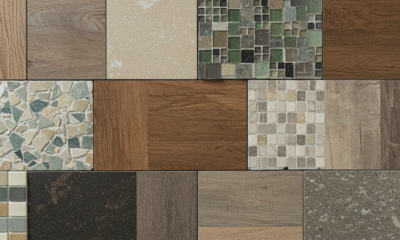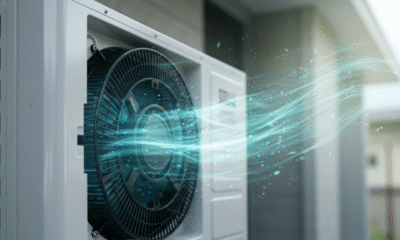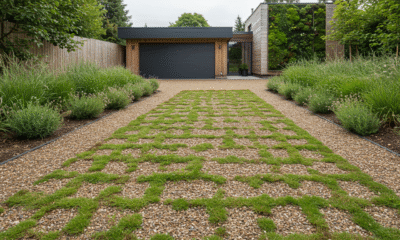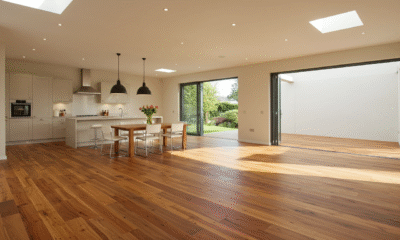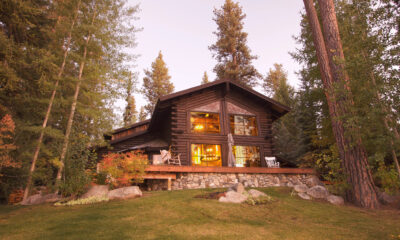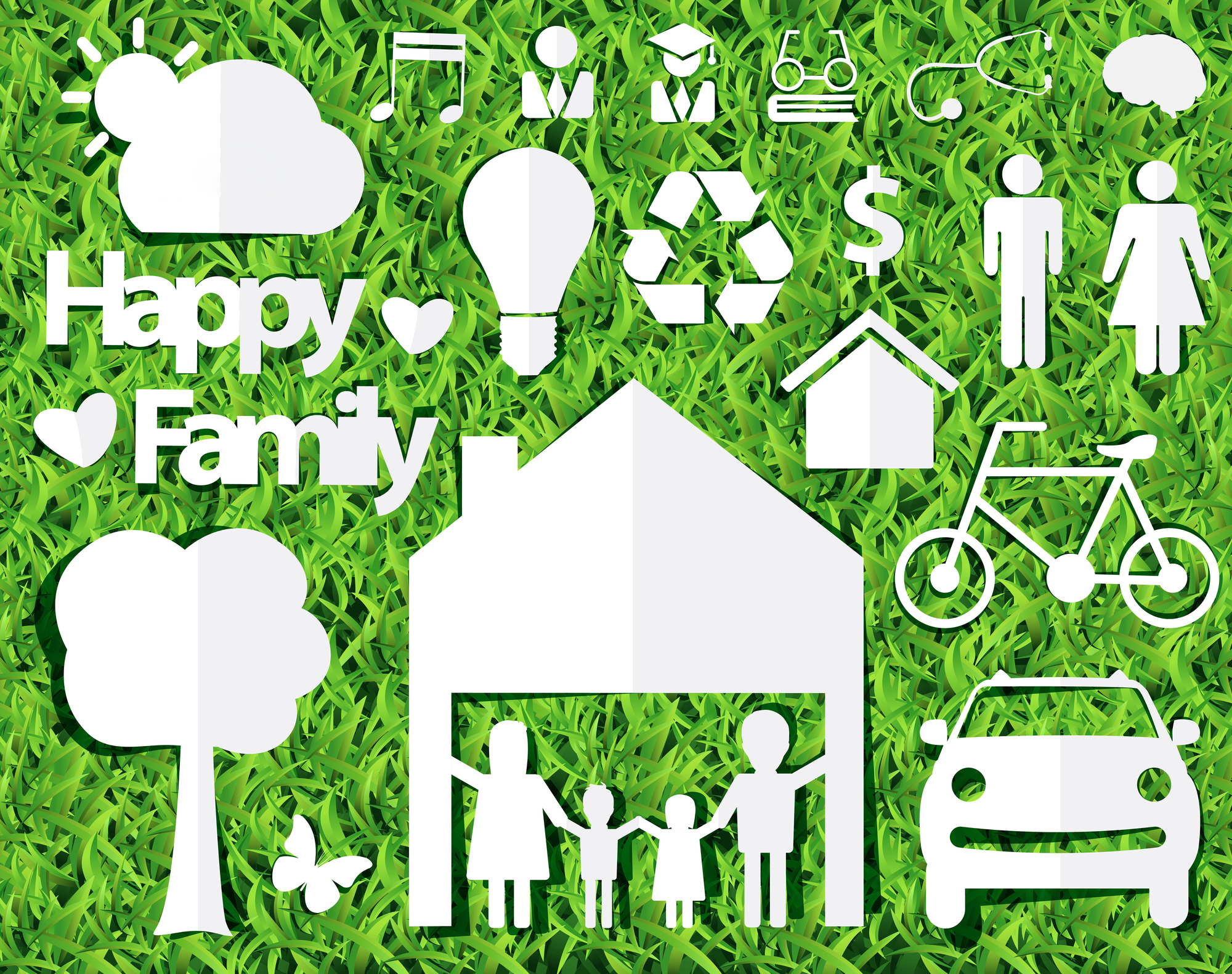
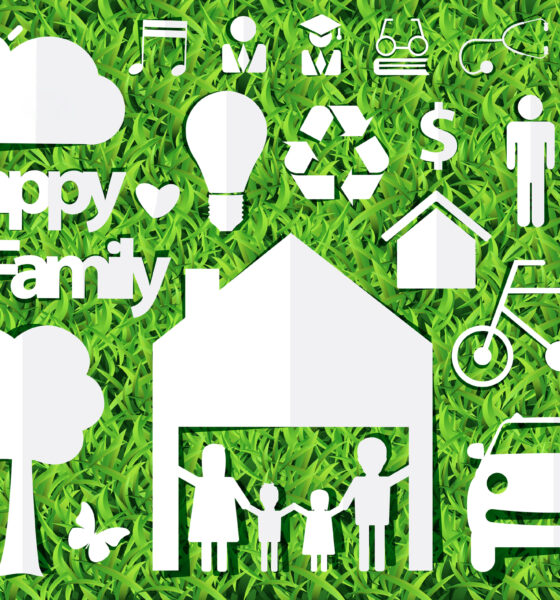
Environment
Eco-Friendly Home Improvements: Top 7 Upgrades for 2025
Are you looking to make your home greener and save money on energy bills? If so, eco-friendly upgrades could be the solution. Whether you’re a homeowner, landlord, or just someone who wants to live more sustainably, the right improvements can transform your property and reduce your environmental impact.
To help you get started, we spoke to Michael Zohouri, founder of The Retrofitters, to uncover the top seven eco-friendly home upgrades that will define green living in 2025. These upgrades are smart investments in the future of your home.
1. Internal and External Insulation: The Foundation of Energy Efficiency
Heating and cooling account for the majority of a home’s energy use, and without proper insulation, much of that energy goes to waste. Insulating walls, roofs, and floors ensures that heat stays inside during winter and remains outside in summer, reducing reliance on energy-intensive systems.
Modern insulation materials like wood fibre, sheep wool, and mineral wool offer a more sustainable alternative to Expanded Polystyrene Insulation (EPS). These materials are biodegradable and breathable.
The financial benefits are significant: properly insulated homes can reduce heating bills by up to 45%, making this upgrade one of the most cost-effective ways to save energy.
2. Solar Panel Installation: Turning Sunlight into Savings
Solar panels are a smart upgrade. Thanks to new technology, they’re more efficient, durable, and affordable than ever. With solar panels, you can reduce your electricity bills and even earn money by selling extra power back to the grid through schemes like the Smart Export Guarantee (SEG). Add battery storage, and you’ll have power on hand even during peak times.
Adding solar panels can also boost your property value and appeal to eco-conscious buyers or renters. For landlords, they’re a great way to meet energy regulations while keeping tenants happy.
3. Heat Pumps: Efficient Heating and Cooling for All Seasons
Heat pumps are one of the most energy-efficient technologies available today. Unlike conventional heating systems, heat pumps transfer heat rather than generate it, making them up to four times more efficient than traditional boilers. Michael Zohouri, founder of The Retrofitters, says: “Heat pumps are a simple, sustainable solution for cutting energy bills and staying comfortable year-round.”
Air-source heat pumps, which extract heat from the air, are ideal for most properties and can operate even in sub-zero temperatures. Ground-source heat pumps, while requiring more installation effort, are even more efficient and can last for decades with minimal maintenance.
4. Energy-Efficient Windows and Doors: Stop Energy Loss at the Source
Windows and doors are often overlooked as major sources of energy loss. Older, single-glazed windows and poorly insulated doors let heat escape, forcing your heating system to work harder.
Upgrading to double or triple-glazed windows significantly improves energy retention. These designs use low-emissivity coatings and argon gas between the panes to maximise efficiency. Meanwhile, insulated doors with sustainable materials like recycled aluminium or responsibly sourced timber offer enhanced thermal performance.
5. Smart Home Technology: Control Your Energy Use
Smart home devices are revolutionising how we interact with energy systems. Devices like smart thermostats, energy meters, and automated lighting allow homeowners to monitor and optimise energy use in real-time.
Smart thermostats learn your schedule and habits to ensure your home is only heated or cooled when necessary. Pairing these with zoned heating systems ensures even greater efficiency. Smart plugs, lighting systems, and appliances also help reduce unnecessary power consumption, making your home greener with minimal effort.
6. Green Roofs and Living Walls: A Breath of Fresh Air
Green roofs and living walls are striking features that offer multiple environmental benefits. A green roof is covered in vegetation, providing natural insulation that keeps your home cooler in summer and warmer in winter. These roofs also absorb rainwater, reducing runoff and helping manage stormwater.
Living walls, which feature vertical gardens, can improve indoor and outdoor air quality by filtering pollutants. They’re particularly useful in urban settings where greenery is limited. Both options promote biodiversity by creating habitats for birds, bees, and other wildlife.
7. Water Conservation Systems: Save Water, Save the Planet
Low-flow taps, showerheads, and toilets are simple upgrades that make a big impact. These fixtures use less water while still providing the same performance, helping you save money on your water bills and reduce your environmental footprint.
In 2025, these products are more efficient and widely available than ever, making it easier for homeowners to embrace sustainable living. Small changes like these can add up to significant savings — for you and the planet.
Getting Started with Eco-Friendly Home Improvements
Eco-friendly home improvements can seem overwhelming at first, but taking it one step at a time makes the process manageable. Start with insulation or energy-efficient windows to address major energy losses, and gradually incorporate other upgrades like solar panels or smart home technology.
By embracing these top upgrades for 2025, you’re playing a vital role in building a greener, more sustainable future.


 Environment9 months ago
Environment9 months agoAre Polymer Banknotes: an Eco-Friendly Trend or a Groundswell?

 Features8 months ago
Features8 months agoEco-Friendly Cryptocurrencies: Sustainable Investment Choices

 Features9 months ago
Features9 months agoEco-Friendly Crypto Traders Must Find the Right Exchange

 Energy8 months ago
Energy8 months agoThe Growing Role of Solar Panels in Ireland’s Energy Future
